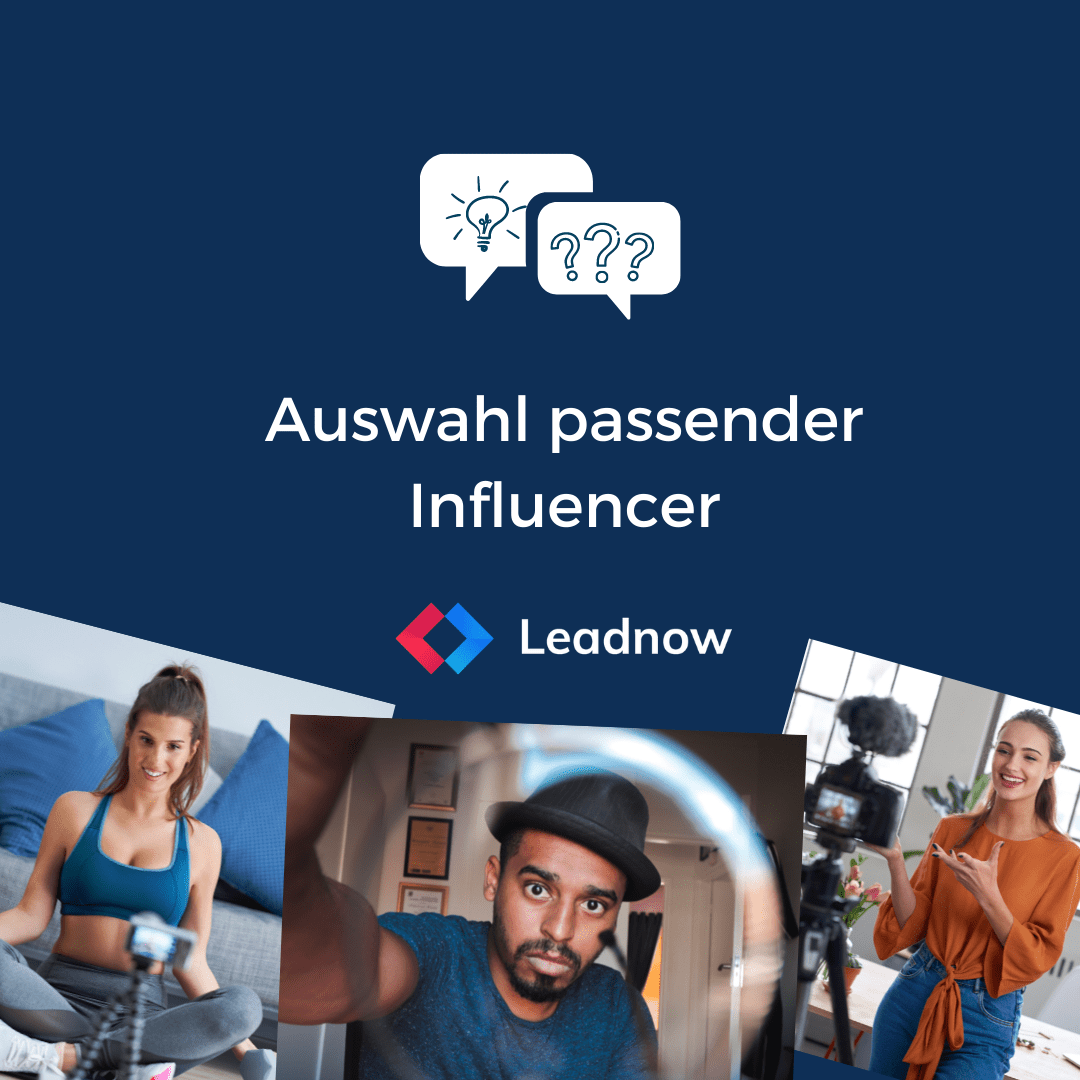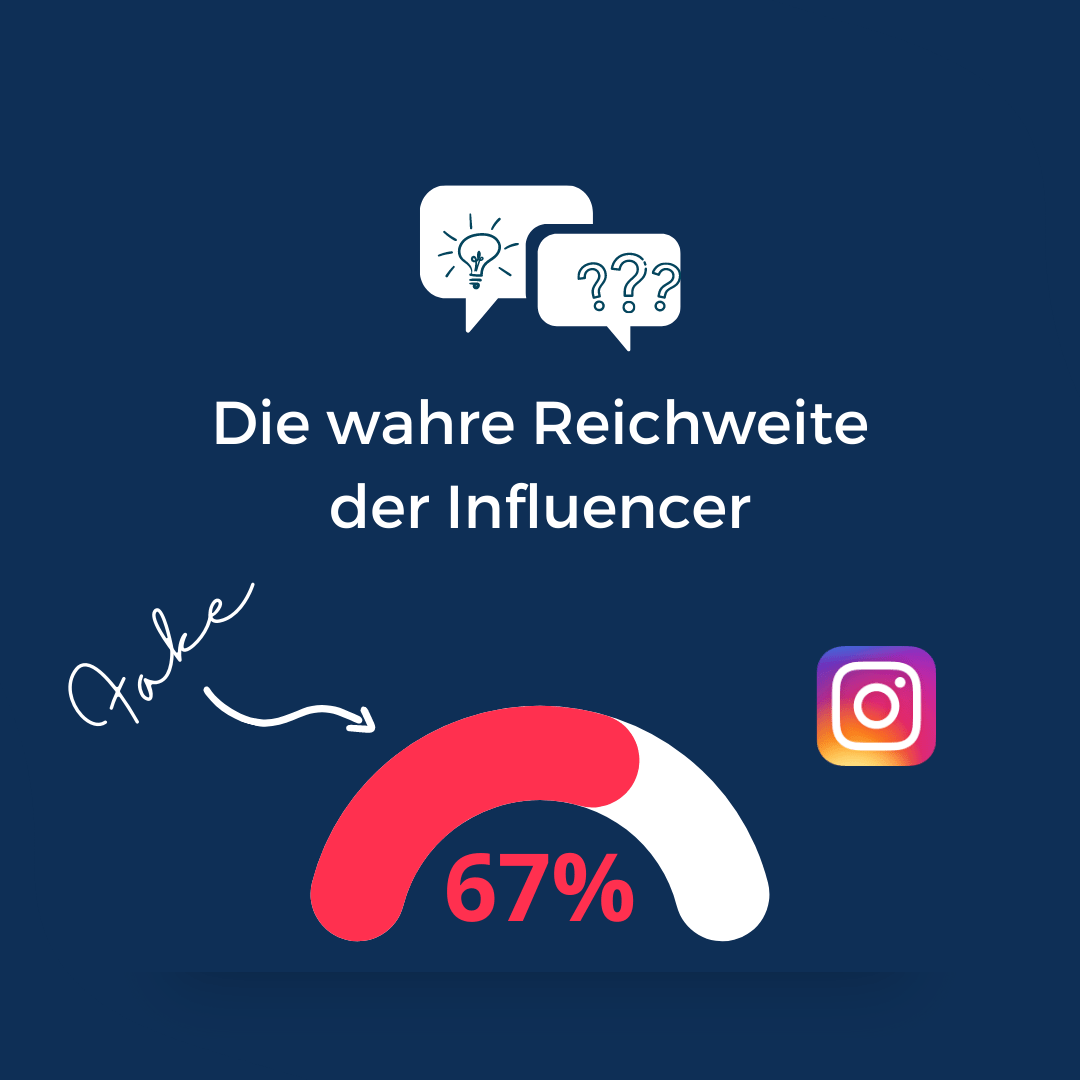overview
Success in influencer marketing or social media marketing is measured via so-called reporting. In reporting, the success of a campaign or cooperation is measured using special KPIs (=Key Performance Indicators).
But first you have to choose the right influencer. As a company, you have to ask yourself which influencer best suits the product or service. Authenticity through addressing the target group plays a central role here. The STP model is usually followed: Segmenting – Targeting – Positioning.
At the beginning, the right target group is identified using various segmentation variables. Using psychographic variables such as interests, need states & desires, opinions & views, leisure activities, purchasing behavior & shopping locations, you can see whether an influencer's community corresponds to the mindset of the company's target group. There are also socio-demographic variables, such as age, gender, geographical location, level of education, income level, marital status, social status and household size, which should largely correspond to the intended target group.
Relevant metrics for selecting an influencer before an advertising campaign
Community & psychographic data
At the beginning, the right target group is identified using various segmentation variables. Using psychographic variables such as interests, need states & desires, opinions & views, leisure activities, purchasing behavior & shopping locations, you can see whether an influencer's community corresponds to the mindset of the company's target group.
Potential quality audience reach
Another relevant key figure is the potential quality target group reach. Anyone who thinks that with 650,000 followers you can reach 650,000 people in the relevant target group is definitely wrong. The total number of followers should never be used; it is only an initial indication of the scope of the reach.
A distinction is therefore made between gross and net range. The gross reach indicates how many people can be reached , regardless of the relevant target group This is based on the average number of views of a post or story. This means: If an influencer has 650,000 followers and his posts are seen in the feed by 320,350 people, the gross reach is 320,350.
The net reach (= potential quality target group reach), on the other hand, provides information about how many users have seen the content, taking into account the relevant target group. For example, if an influencer's Instagram story was seen by 375,500 different users, this only represents the gross reach. Therefore, all those who do not fit the target group still have to be deducted. If a company has a target group consisting of women between the ages of 20 and 45 living in Germany, it may be that among these 375,500 there are only 219,700 women with the target group characteristics. And it is precisely this number of 219,700 that represents the quality target group reach.
Demographic data
There are also socio-demographic variables, such as age, gender, geographical location, level of education, income level, marital status, social status and household size, which should largely correspond to the intended target group.
Engagement rate
You should also look at the engagement rate of the profile. This provides information about how strongly the community interacts with the influencer itself, i.e. likes posts, comments, shares, etc. Side note: A committed community is usually more promising for campaign success than a large community.
Growth
Using the growth factor, I can understand how much the influencer's community has increased or decreased over a certain period of time, measured in terms of the number of followers. If the community is growing continuously, this is an indication of good content.
Tags (Direct SSoV) & Backlinks
The tags indicate the direct SSoV (=Social Share of Voice) of the social media profile, i.e. how often the influencer's profile is mentioned by other users in posts, stories, comments, etc. In this context, backlinks are to be understood as links from qualified blogs, websites or other influencers.
Once you have found the right influencer with their community or “target group”, it is time to position the brand. The product or service can be integrated into the blogger's content in various ways, for example as a discount campaign or classic product placement.
Curious?
Then find influencers that match your brand to market products or online services!
Your Leadnow team!




